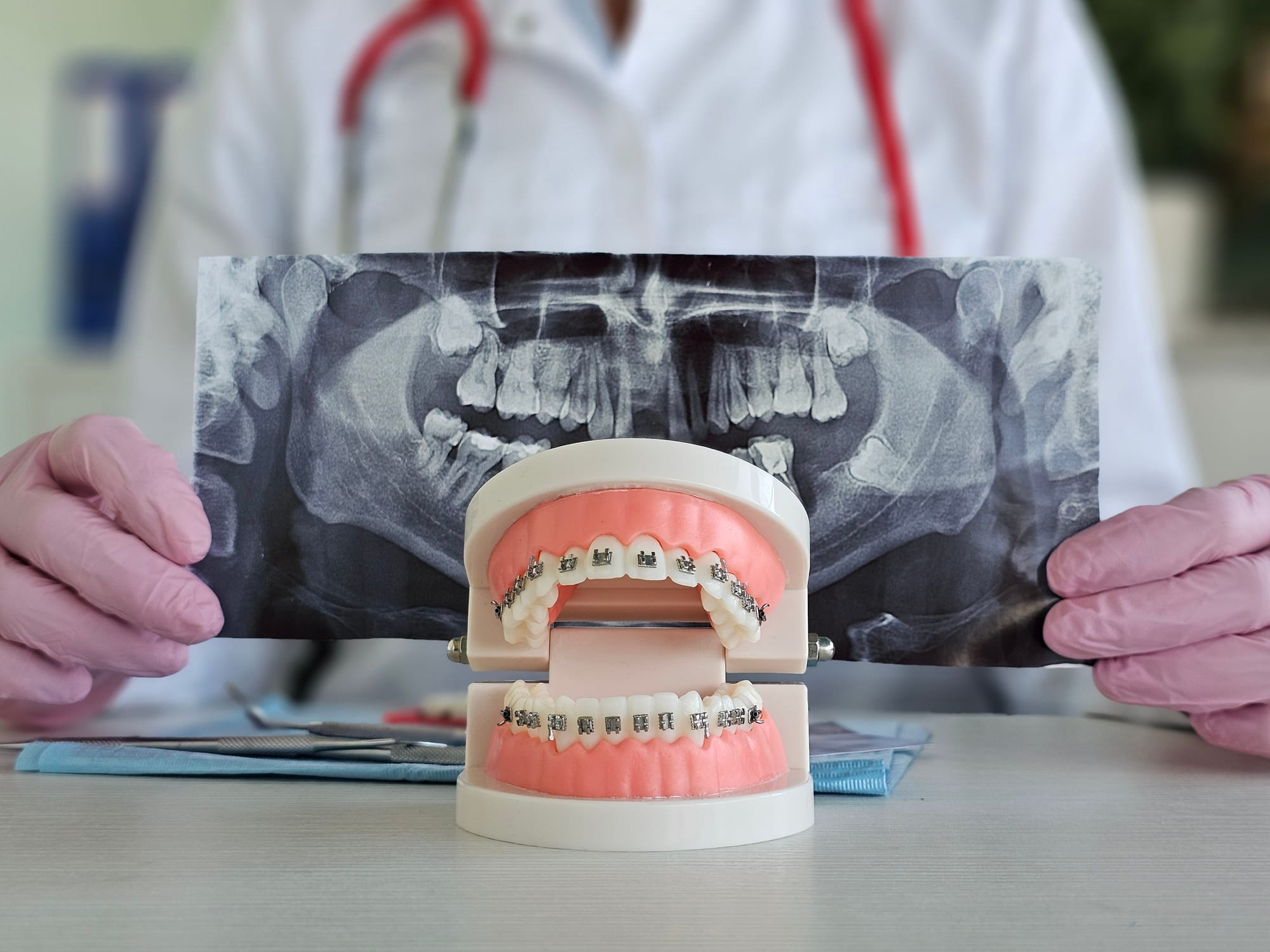
Dubai's bustling city life does not just offer a landscape of architectural marvels and expansive business opportunities; it also hosts advanced dental and orthodontic care facilities, making it a hub for the best orthodontic treatment in Dubai. Understanding the symptoms of orthodontic issues is crucial for maintaining oral health and ensuring timely treatment. This article outlines a step-by-step guide to identifying common orthodontic problems prevalent among residents in Dubai.
Step 1: Recognizing Misaligned Teeth
Look for visible gaps between teeth, which can be an indication of spacing issues.
Observe the alignment of your teeth. Are any teeth crooked or overlapping? This could signal the presence of crowding.
Note if any of the upper teeth excessively overlap the lower teeth, a condition known as overbite.
Check for underbite, where the lower teeth project further out than the upper teeth.
Step 2: Monitoring Difficulty in Chewing or Biting
Pay attention when eating. Difficulty in chewing or biting can suggest issues with the alignment of teeth or jaw.
Observe if there is undue stress or discomfort in the jaw after meals, which might be related to orthodontic issues.
Step 3: Watching Out for Speech Difficulties
Listen for any changes in speech patterns, such as lisping, which could be caused by misalignment of teeth.
Identify if there are certain sounds that are harder to pronounce, suggesting possible obstructions or malocclusions affecting speech.
Step 4: Noticing Jaw Pain or Discomfort
Be aware of any persistent jaw pain, or clicking and locking of the jaw, which are strong indicators of Temporomandibular Joint Disorder (TMJ), often related to orthodontic issues.
Monitor any regular discomfort or fatigue in the jaw area, especially after long periods of speaking or chewing.
Step 5: Identifying Changes in Facial Structure
Examine your face in the mirror for any visible changes in jaw alignment or facial asymmetry that could result from developing orthodontic conditions.
Note changes in the profile view, such as the projection of the lower face.
Step 6: Checking for Unusual Wear or Damage to Teeth
Inspect the surface of your teeth for unusual wear patterns or chipping, which often result from grinding or clenching linked with improper bite alignments.
Consider if there are any increased sensitivities in your teeth, which might be exacerbated by uneven dental surfaces grinding against each other.
Step 7: Frequent Headaches or Earaches
Note if you experience frequent headaches or earaches, as these can be symptomatic of unresolved orthodontic issues affecting the alignment of the jaw and teeth.
Step 8: Seeking Professional Advice
If you observe one or more of the signs listed above, consider scheduling a consultation with an orthodontist. Dubai has many skilled orthodontists who can provide a thorough diagnosis.
Prepare for your consultation by noting down the symptoms you've observed, their frequency, and any patterns in their occurrence. This information will be invaluable to your orthodontist.
Step 9: Undergoing a Professional Examination
During your visit, expect a comprehensive examination of your teeth, jaw, and facial structure, possibly including X-rays or 3D scans to assess the underlying bone structure.
Discuss your previous medical and dental history, as it might provide clues to the nature of your orthodontic issues.
Step 10: Considering Orthodontic Treatment Options
Based on the diagnosis, your orthodontist will discuss various treatment options with you, ranging from braces to more modern solutions like clear aligners.
Consider the pros and cons of each option, including the duration, appearance, and cost of the treatments available.
Recognising and addressing orthodontic issues promptly can lead to better overall health and aesthetics. Dubai's residents have access to some of the best dental care available, especially when guided by the expertise of the best dental clinic in Dubai. Understanding how to spot the signs of orthodontic problems can lead to quicker and more effective treatment outcomes. By following these detailed steps, you can ensure your oral health is monitored effectively and maintained properly setting you up for a healthier, more confident smile.